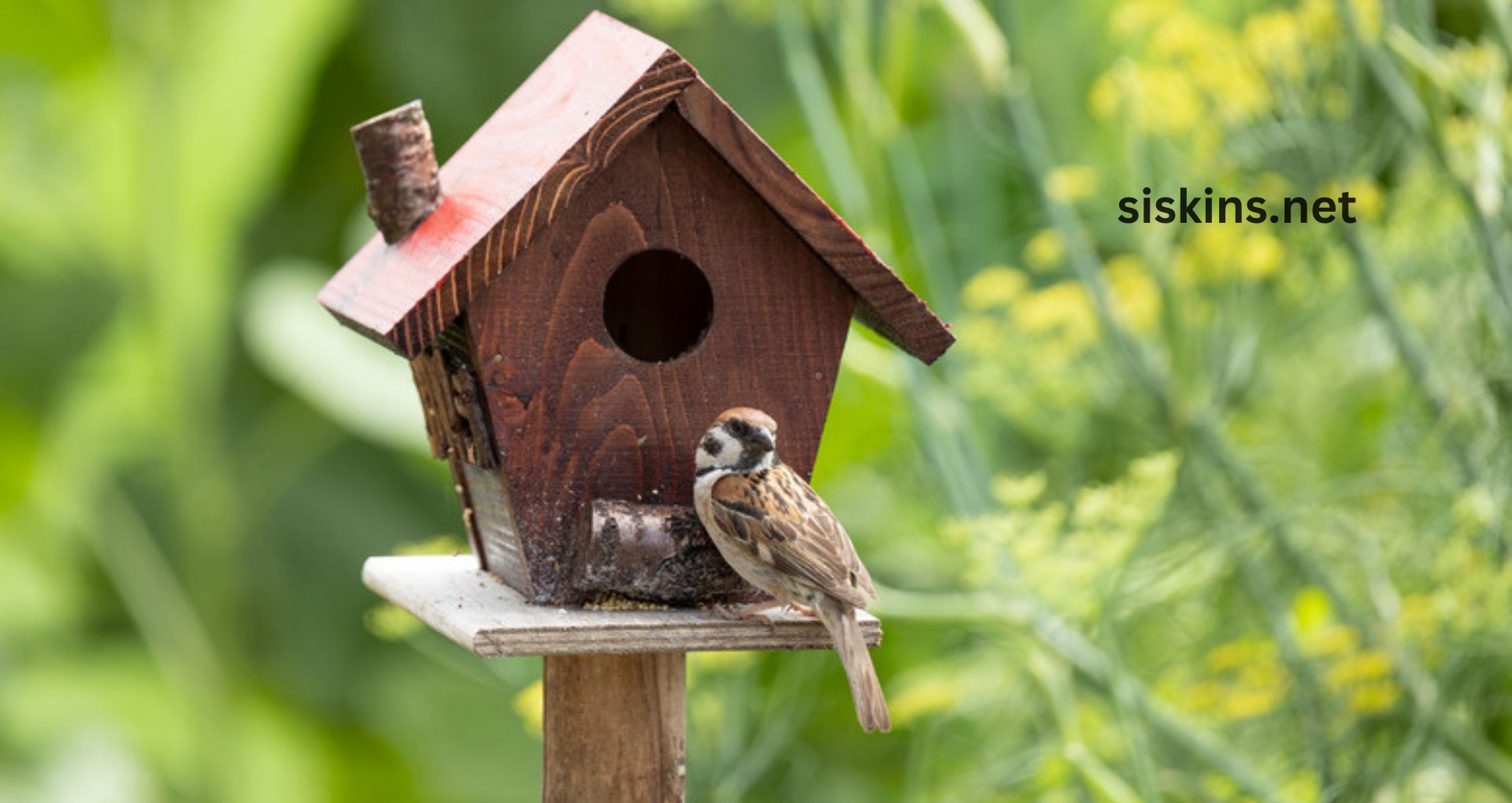Adding a birdhouse to your garden isn’t just about making it look nice; it also brings lovely birds to your yard, which helps the environment! Birds play a vital role in keeping your garden healthy by eating pests and helping with pollination. Plus, their cheerful songs can brighten your day. Installing a birdhouse is a great way to support local wildlife, especially as their natural habitats shrink.
What to Think About When Choosing a Birdhouse

Not all birdhouses are the same, so here are some things to keep in mind to make sure yours is a cozy and safe home for our feathered friends.
1. Size Matters
The size of the birdhouse is important because different birds need different spaces. For example:
- Wrens and chickadees like a house with a floor area of about 4×4 inches.
- Bluebirds prefer a bigger space, around 5×5 inches, and need a deeper house for comfort.
- Owls and larger birds need even more space and should be placed higher up to feel safe.
Picking the right size will make your birdhouse much more inviting to its intended residents!

Woodlink Audubon Traditional Wren House Model NAWREN
Woodlink Audubon Traditional Wren House, a durable, natural wood birdhouse designed to attract wrens, featuring ventilation and drainage for optimal nesting conditions.
2. What Material to Use?
The material of the birdhouse can affect how long it lasts and how comfy it is. Here’s a quick rundown:
- Wood: This is the best option because it keeps birds warm and is naturally durable. Cedar and cypress are excellent choices.
- Metal: While sturdy, metal can get really hot in the summer, so it’s not the best unless it’s in a shady spot.
- Plastic: Easy to clean but not great for insulation, so it’s better as a temporary or decorative choice.
3. Finding the Right Spot
Where you put your birdhouse is super important for attracting birds. Here are some tips:
- Shade: Keep it in partial shade to prevent overheating.
- Height: Hang it at the right height based on the type of birds you want. For smaller birds, aim for 4-6 feet high, while owls and raptors need it at least 10 feet up.
- Shelter from Wind: Place the entrance away from strong winds to keep the birds cozy.
4. Ventilation and Drainage
Birdhouses need good airflow to stay healthy. Look for designs with small holes near the roof for ventilation and drainage holes at the bottom. This way, air flows through in hot weather, and rainwater doesn’t collect, giving birds a better nesting space.
5. Stylish Designs
Birdhouses come in all sorts of styles! You can choose one that fits your garden:
- Traditional Wooden Styles: Great for natural or cottage gardens.
- Rustic Designs: Perfect for a cozy, woodland feel.
- Modern or Artistic Options: Add a fun touch to contemporary gardens.
6. Entrance Hole Size
The entrance hole size is crucial for bird safety and attraction. Here are some tips:
- For small birds like chickadees and wrens, holes should be ¾ to 1 inch wide.
- Bluebirds prefer 1½-inch holes, while larger birds like woodpeckers need 1¾-inch openings.
- Make sure the holes are round and smooth so birds don’t get hurt.

Nature’s Way Bird Products CWH3 Cedar Bluebird Box House
Nature’s Way Cedar Bluebird Box House, made from durable cedar, features a predator guard and ventilation holes for a safe and comfortable nesting environment.
7. Keeping Predators Out
It’s essential to protect birds from predators. Look for birdhouses with guards around the entrance to keep bigger animals away. Some designs even have recessed floors, making it harder for curious paws to reach the nest.
8. Weather Protection
Birdhouses need to withstand rain, snow, and harsh sun. Consider using weather-resistant materials or finishes to extend their life. Placing them in naturally sheltered areas or adding a roof overhang can also help protect against the elements.
9. Cleaning and Maintenance
Regular cleaning is crucial to keep birds healthy. Birdhouses with removable panels or hinged doors make cleaning easier. Aim to do this at least once a year, preferably in early spring before new nesting starts.
10. How to Mount Your Birdhouse
How you mount your birdhouse can affect how secure it is and how attractive it is to birds. Here are some popular options:
- Poles: They offer the safest option against predators and are easy to set up.
- Trees: Hanging birdhouses on branches is great for small birds but may attract squirrels.
- Walls: If space is limited, mounting birdhouses on walls keeps them close to patios.
Also Read: What is the best birdseed for attracting a variety of birds?
11. Eco-Friendly Choices
If you want to make an environmentally friendly choice, look for birdhouses made from sustainable wood or recycled materials. This way, you can provide a natural home for birds while reducing your garden’s impact on the planet.

